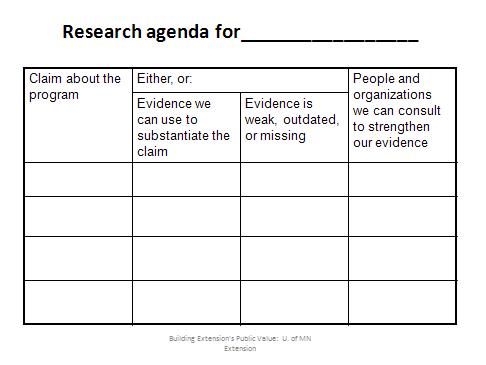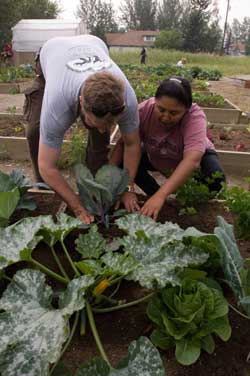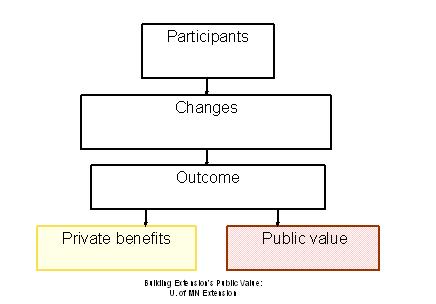During a typical public value workshop, participants draft a public value message for an Extension program and the presenter and other participants provide feedback. Most groups will need to revise the messages post-workshop before they can be used in publications, websites, or grant proposals.
To help with the revising step, I cobbled together a list of criteria for evaluating messages. Some of the criteria came from University of Minnesota Extension’s Aimee Viniard-Weideman, and I thought up some myself. Recently, I have incorporated the checklist into workshops for Texas, Nebraska, and Missouri Extension. With University of Missouri Extension, we went a step further and developed an exercise using the checklist. Workgroups started with a message they had drafted earlier and critiqued and revised it according to the criteria on the list–and any other criteria they thought were important. Each group received some feedback from a colleague from a different program area, and they revised the messages a second time. Some really strong messages emerged!

The checklist–and the accompanying revise-and-rewrite exercise–are not yet part of the public value curriculum, but I am thinking about including them in the next revision. Do you think your organization would find the exercise useful? If so, how would you change or add to the list? What other criteria do you think drafters should consider when they are writing messages for use in their work?
To get the ball rolling, here are some thoughts I’ve had about the criteria::
==This is not an exhaustive list: Workgroups may have other criteria that are important for a particular program, stakeholder, or delivery method. For example, some messages will be very effective in print, but should be differently composed for legislative testimony.
==Revising a message will involve balancing these criteria; some will be more important than others in a particular case. For example, there is a natural tension between the objectives of brevity and credibility, and a group might opt for a slightly longer message in order to present some evidence in support of their case. Additionally, there will be some instances where negative framing will make a better case than positive framing.
==The first three items–all about focusing on the stakeholder–could be combined.
Other ideas? Or can you suggest a completely different direction?




